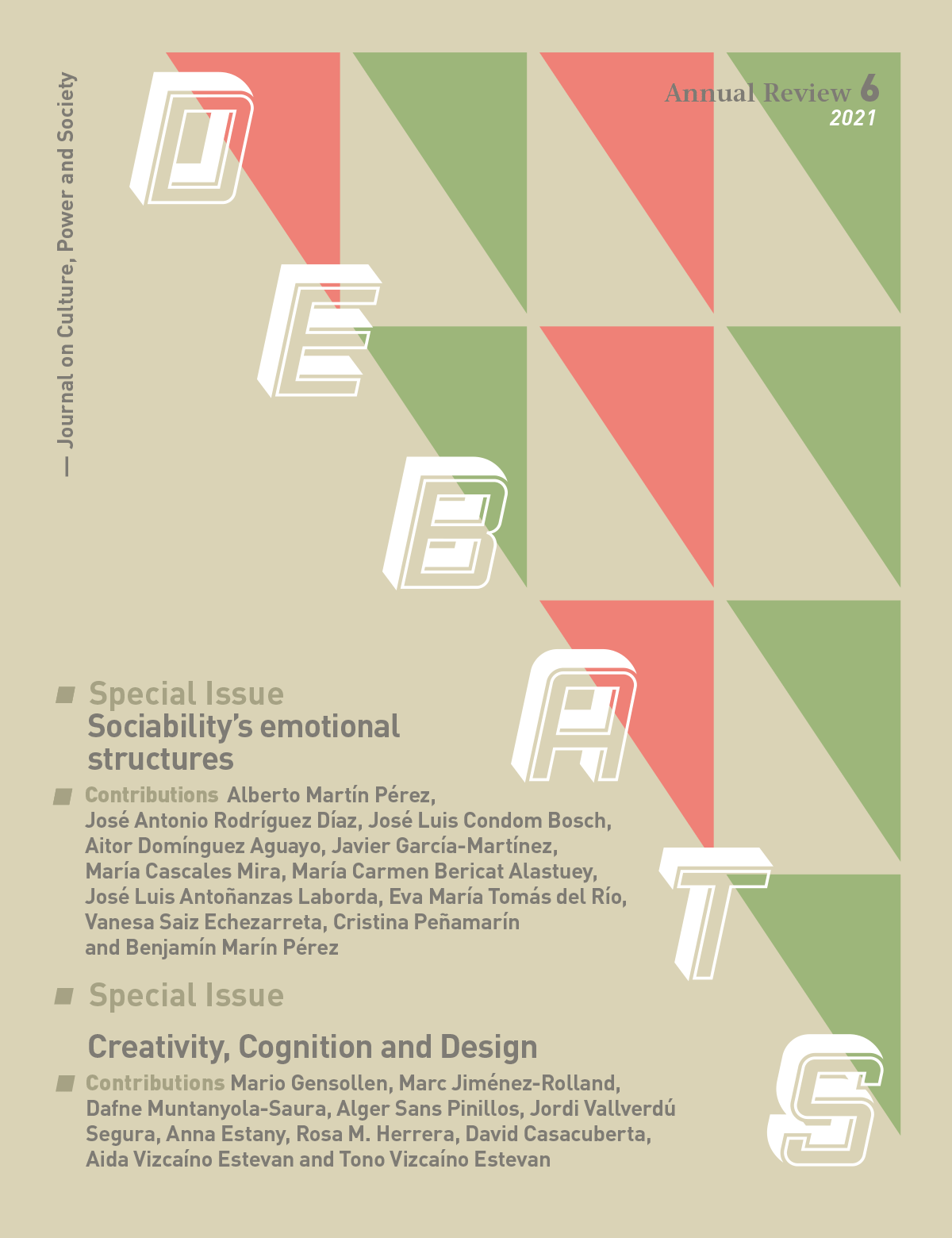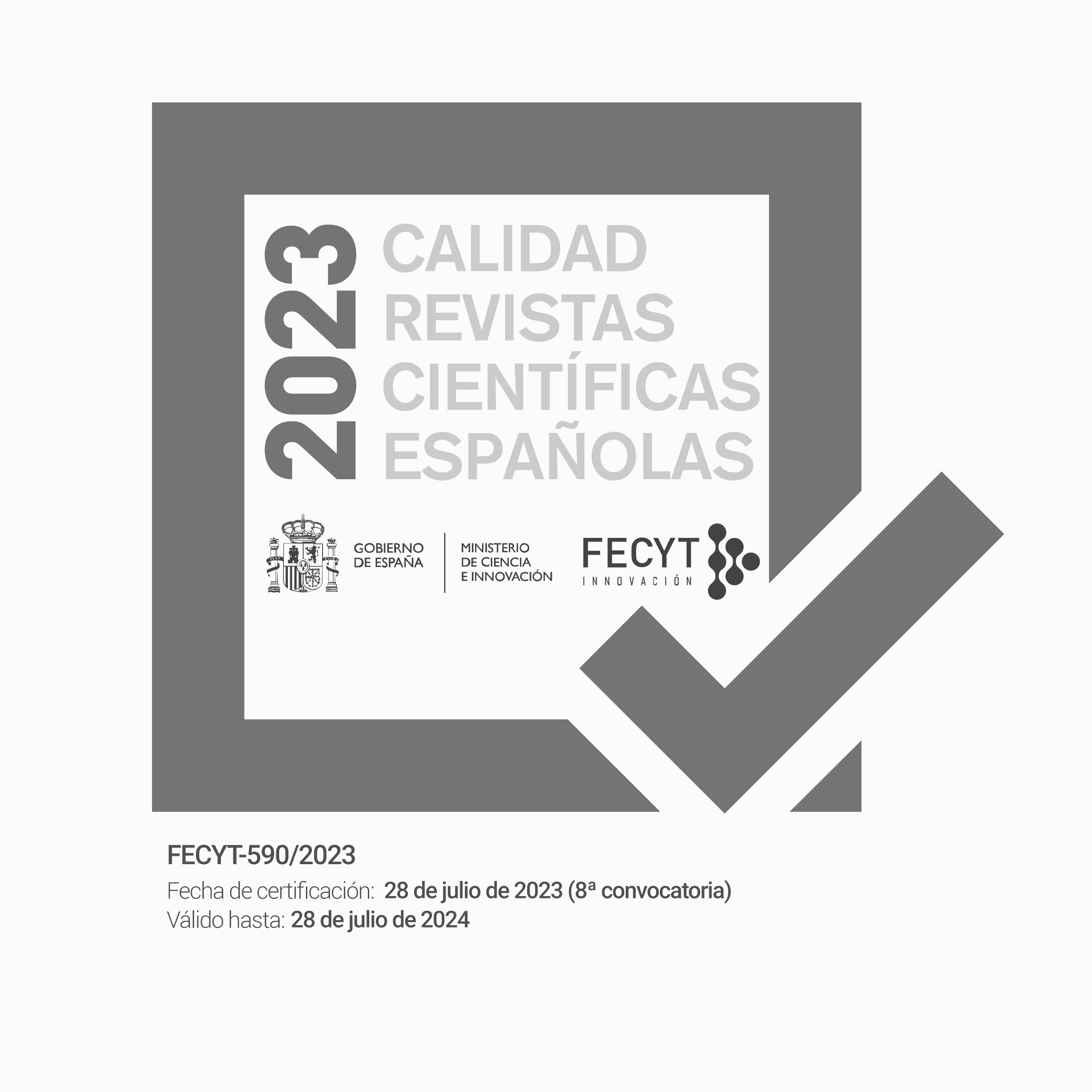Design Function in Innovation Processes
DOI:
https://doi.org/10.28939//iam.debats-en.2021-10Resumen
Some words emerge at a given moment to catalyse ideas and give new meaning to old terminology. Innovation and design are two such words. Innovation has traditionally been linked with the Applied Sciences, especially technology, whereas advances in the Pure
Sciences tend to be termed discoveries, inventions, or creations. However, for decades now, innovation has been a leitmotiv in all fields of scientific knowledge in both the Pure and the Applied Sciences. Design has also emerged from the niche it once occupied for decades (and
even centuries) at least insofar as its impact on the History of Science and of Philosophy is concerned. In fact, design’s introduction into the academic world has gone hand-in-hand with Art and its impact on our daily lives. This paper analyses innovation processes in both
the Pure and the Applied Sciences to discover how far new design theories over the last few decades have influenced innovation in fields such as Epistemology and Technology. We focus on Design Epistemology and methodological innovation, specifically in connection
with design simulations and methodological models. We also look at the underlying design technologies and the key role they play in innovation processes.
Descargas
Citas
Asimov, M. (1962). A Philosophy of Engineering Design. In Contributions to a Philosophy of Technology (p. 150-157).
Dordrecht: Springer.
Bengoa, G. (2011). Distintos acercamientos epistemológicos: cinco enfoques sobre los objetos [Seminar]. Facultad de
Arquitectura, Diseño y Urbanismo, UBA Universidad de Buenos Aires.
Brown, H.I. (2009). Conceptual comparison and conceptual innovation. In J. Meheus and T. Nickles (ed.), Models
of Discovery and Creativity (p. 29-41). Dordrecht: Springer.
Cross, N. (2006). Designerly Ways of Knowing. London: Springer.
Echeverría, J. (2017). El arte de innovar. Naturalezas, lenguajes, sociedades. Madrid: Plaza y Valdés.
Edgerton, D. (2013). Quoi de neuf? Du rôle des techniques dans l’histoire globale. Paris: Éditions du Seuil.
Estany, A. and Herrera, R. M. (2016). Innovación en el saber teórico y práctico. London: College Publications.
Hall, A. D. (1974). Three-dimensional Morphology of Systems Engineering (1969). Contributions to a Philosophy of
Technology.
Karabeg, D. (2012). Design Epistemology. Information,3, 1-x.
Kuhn, T. (1962). La estructura de las revoluciones científicas. Mexico: Fondo de Cultura Económica.
Lockwood, T. (ed.) (2009). Design Thinking. Integrating Innovation, Customer Experience, and Brand Value. New York:
Allworth Press.
Mahdjoubi, D. (2003, June). Epistemology of Design. In Integrated Design and Process Technology (p. 1-5). IDPT.
McCrory, R. J. (1974). The Design Method — A Scientific Approach to Valid Design. In F. Rapp (ed.), Contributions
to a Philosophy of Technology, (p. 158-173). Dordrecht: Reidel.
Nadler, G. (1967). An Investigation of Design Methodology. Management Science, 13(10), B-642.
Nersessian, N. (2009). Conceptual change: creativity, cognition, and culture. In Meheus, J. and Nickles, T. (ed.),
Models of Discovery and Creativity (p. 127-165). Dordrecht: Springer.
Niiniluoto, I. (1993). The aim and structure of applied research. Erkenntnis, 38, 1-21.
Östman, L.E. (2005). A pragmatist theory of design. The impact of the pragmatist philosophy of John Dewey on architecture
and design [PhD thesis]. School of Architecture, Royal Institute of Technology. Stockholm.
Östman, L. E. (2005). Design theory is a philosophical discipline. Reframing the epistemological issues in design
theory.Design System Evolution.
Papanek, V. (2014). Diseño para el mundo real. Ecología humana y cambio social, 2nd edition in Spanish. Barcelona:
Pol·len Edicions.
Shavinina, L.V.(ed.) (2003) The International Handbook on Innovation. Elsevier Science Ltd.
Simon, H. (1996 [1969]). The Science of the Artificial.Cambridge (Massachusetts): MIT.
Vogel, C.M. (2009). Notes on the Evolution of Design Thinking: A work in progress. In Lockwood, T. (ed.) (2009),
Design Thinking. Integrating innovation, costumer experience, and brand value. New York: Allworth Press.
Descargas
Publicado
Cómo citar
Número
Sección
Licencia
Sin perjuicio de lo dispuesto en el artículo 52 de la Ley 22/1987 de 11 de noviembre de Propiedad Intelectual, BOE del 17 de noviembre de 1987, y conforme al mismo, los autores o autoras ceden a título gratuito sus derechos de edición, publicación, distribución y venta sobre el artículo, para que sea publicado en Debats. Revista de cultura, poder y sociedad.
Debats. Revista de cultura, poder y sociedad se publica bajo el sistema de licencias Creative Commons según la modalidad «Reconocimiento - NoComercial (by-nc): Se permite la generación de obras derivadas siempre que no se haga un uso comercial. Tampoco se puede utilizar la obra original con finalidades comerciales».
Así, cuando el autor o autora envía su colaboración, acepta explícitamente esta cesión de derechos de edición y de publicación. Igualmente autoriza a Debats. Revista de cultura, poder y sociedad, la inclusión de su trabajo en un fascículo de la revista para que se pueda distribuir y vender.











